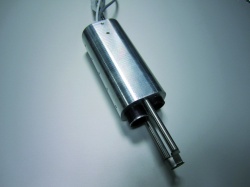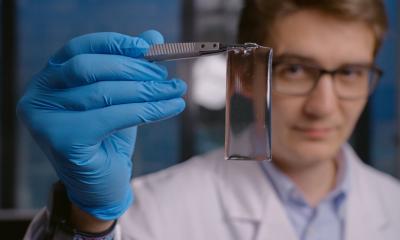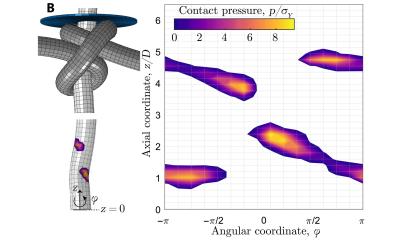Wound management
Laser-assisted wound closure for oral and maxillofacial surgery
Partners from Germany, Israel, Latvia and Italy will systematically advance the use of biophotonic technologies for industrial, clinical and medical applications in the Biophotonic Technologies for Tissue Repair (BI-TRE) project. As part of the transnational BiophotonicsPlus initiative, the German consortium commenced its activities on September 1, 2015. The goal is to supply oral and maxillofacial surgery with a laser-assisted method for reliable post-operation wound closure. Within the consortium, the Fraunhofer Institute for Laser Technology ILT is responsible for project coordination and also process development for the successful laser fixation of a collagen membrane.

Before now, for the post-surgical treatment of oral wounds and defects beyond a certain size, there was no alternative to covering them with compresses or performing an autologous skin or mucosal graft, which often entails complex suturing techniques.
An adhesive wound covering that reliably keeps out germs in the mouth and throat area thus remains an unresolved problem to this day. However, the BI-TRE project is working on a new approach that involves covering the wound with collagen membranes, which are attached to the mucosa using a laser-assisted technique. The goal is to obtain improved protection against germs and enable wounds to heal faster. In addition, the new method has the potential to greatly reduce treatment costs. Treatment times can be shortened considerably, and patients are spared the discomfort of a graft and the additional wound this entails.
Pooled expertise
Adapting the laser beam source, designing a special handpiece, developing suitable wound dressings and integrating temperature sensors are all prerequisites for the success of the approach. To accomplish these tasks, different project partners are specialized in the respective fields:
• DILAS GmbH (supplying an optimized laser beam source)
• LifePhotonic GmbH (handpiece and system integration)
• botiss biomaterials GmbH (developing the collagen membrane)
• Universitätsklinikum Hamburg-Eppendorf (clinical expertise)
• Fraunhofer ILT (project coordination and process development)
The BI-TRE project is funded by the German Federal Ministry of Education and Research (BMBF); VDI Technologiezentrum is the project management agency.
Source: Fraunhofer-Institut für Lasertechnik ILT
10.02.2016











